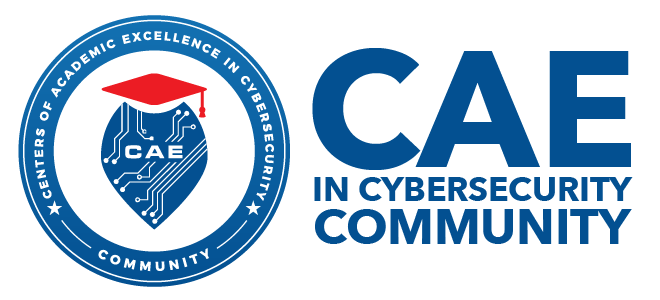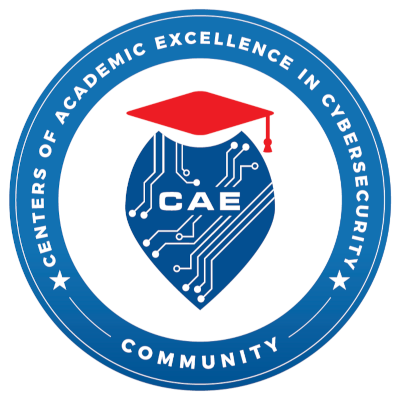Paradigm Shift from Vague Legal Contracts to Blockchain-based Smart Contracts
The vagueness and complexity of the traditional legal contracts have motivated the study and exploration of a better and advanced contract known as Blockchain-based Smart Contracts. A Smart Contract is a self-executable contract where the terms of the agreement between the involved parties are directly written into the lines of code that resides in the distributed ledger technology known as the Blockchain. In this poster, we present a brief overview of the key features of the paradigm shift from traditional paper contracts to smart contracts.

